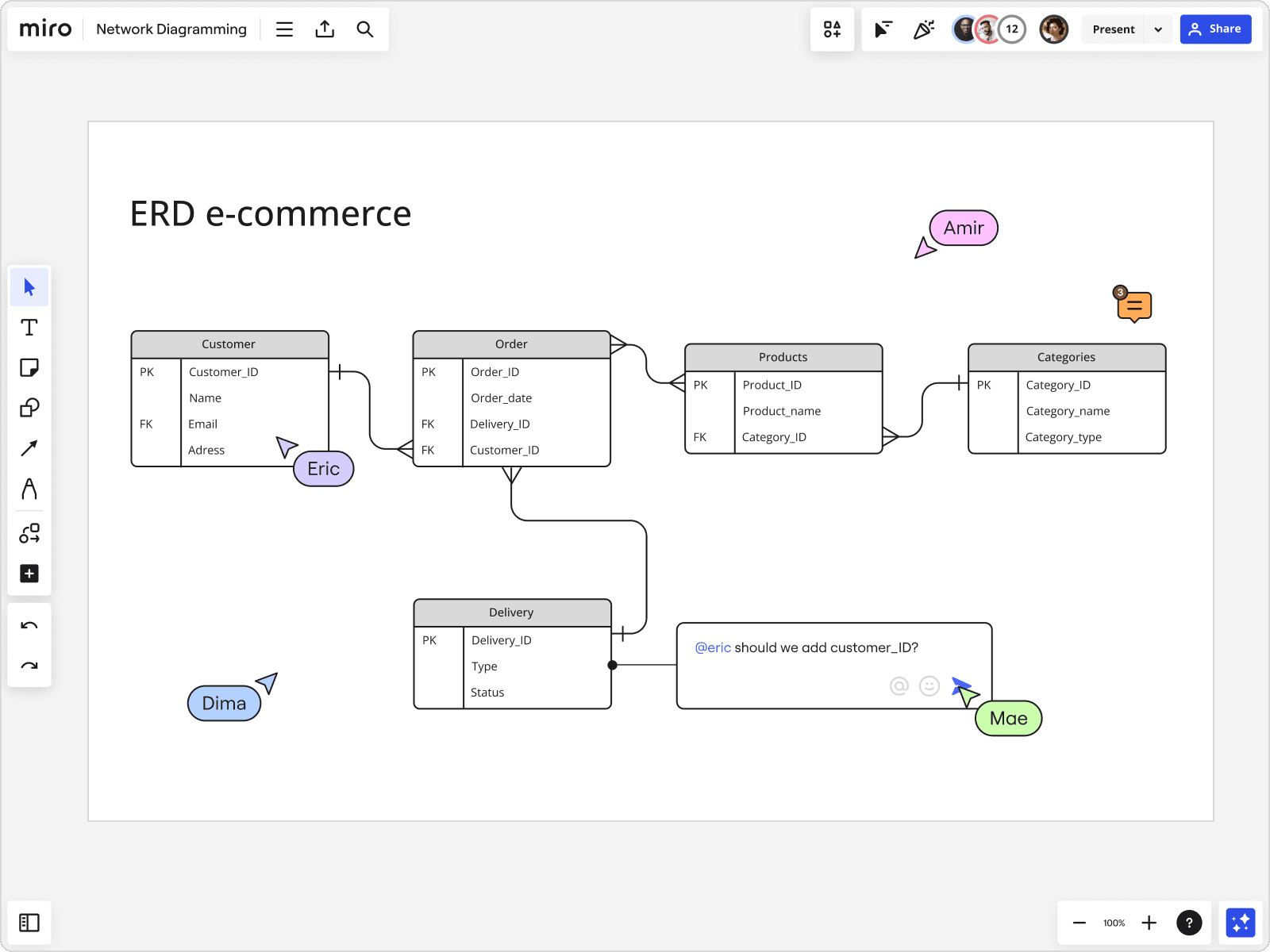In today's digital era, where data reigns supreme, businesses and organizations face the ever-present challenge of making sense of the vast amounts of information at their disposal. Amidst this data deluge, lies the art and science of data modeling, a foundational aspect of modern data management and analytics. In this blog, we embark on a journey to explore the intricacies of data modeling, its significance, techniques, and its transformative potential.
Understanding Data Modeling
At its core, data modeling is the process of structuring and organizing data to facilitate its understanding, analysis, and interpretation. It serves as a blueprint, defining how data elements relate to one another and how they can be accessed and manipulated. By creating a conceptual representation of the data, data modeling enables stakeholders to grasp complex datasets and derive meaningful insights.

The Significance of Data Modeling
Data modeling plays a pivotal role across various domains and industries:
- Improved Decision Making: By providing a structured framework for data analysis, modeling empowers decision-makers to make informed choices based on accurate and reliable information.
- Enhanced Data Governance: A well-defined data model establishes standards and guidelines for data management, ensuring consistency, integrity, and security across the organization.
- Efficient System Development: In the realm of software development, data modeling serves as a roadmap for designing databases and applications, streamlining the development process and minimizing errors.
- Effective Communication: Data models act as a common language that fosters communication and collaboration among stakeholders, including business users, analysts, and IT professionals.
Types of Data Models
Data modeling encompasses various techniques and methodologies tailored to specific requirements and objectives:
- Conceptual Data Model: This high-level representation focuses on the business concepts and relationships within the organization, devoid of technical implementation details.
- Logical Data Model: Building upon the conceptual model, the logical data model defines the structure and semantics of the data elements, including entities, attributes, and relationships.
- Physical Data Model: At the implementation level, the physical data model specifies the database schema, storage mechanisms, and indexing strategies, translating the logical model into a tangible database design.
- Dimensional Data Model: Widely used in data warehousing and business intelligence, dimensional modeling organizes data into easily accessible structures, such as fact tables and dimension tables, optimized for analytical queries.
Best Practices in Data Modeling
To harness the full potential of data modeling, organizations should adhere to best practices:
- Engage Stakeholders: Collaborate with stakeholders from diverse backgrounds to gather requirements, validate assumptions, and ensure alignment with business objectives.
- Iterative Approach: Embrace an iterative and incremental approach to data modeling, allowing for continuous refinement and adaptation to evolving business needs.
- Maintain Documentation: Document the data model comprehensively, including entity-relationship diagrams, data dictionaries, and metadata, to facilitate understanding and maintainability.
- Adopt Standards and Tools: Leverage standardized modeling techniques, such as Entity-Relationship Modeling (ERM) or Unified Modeling Language (UML), and utilize advanced modeling tools to streamline the modeling process and enhance productivity.
Conclusion
In the realm of data-driven decision-making, data modeling serves as a cornerstone, enabling organizations to unlock insights, drive innovation, and gain a competitive edge in the digital landscape. By embracing the principles of data modeling and leveraging advanced technologies, businesses can harness the transformative power of data to navigate complexities, seize opportunities, and chart a course towards success in the data-driven future.

